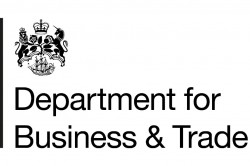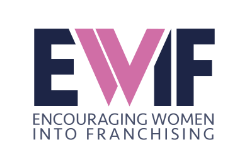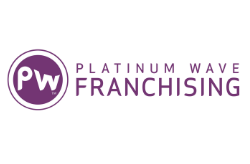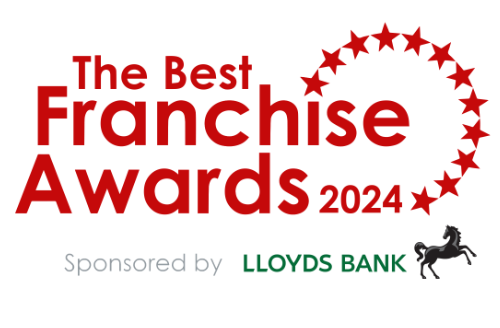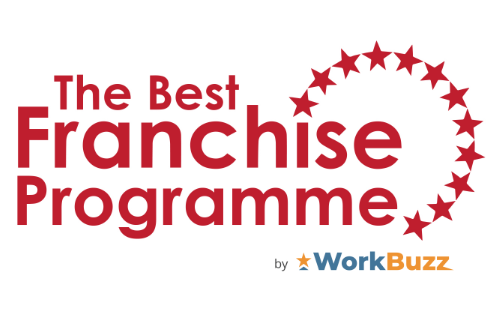Business growth is the goal of any true entrepreneur; opening additional outlets can bring financial reward for the bold and ambitious. And, in franchising, this hunger for expansion can be seen in a move towards owning multi-unit franchises.
More individuals are opting to own a handful of franchises in the same stable or even operating franchises from different brands. Bigger profits, cost-savings on overheads and a stronger, more influential relationship with the franchisor are just some of the attractions.
Increasing by multiples
Multi-unit franchises used to be rare but as franchising increases overall in the UK – up 14% during the two years to 2015, according to the bfa – owning more than one operation is increasingly commonplace. Roughly three out of ten franchisees in the UK now run more than one outlet, while one in five with a single unit plans to acquire another. And of those who already control a number of outlets, more than half have plans to open more.
So what’s driving this trend? It’s not just individual ambition but franchisors themselves. Many actively encourage multiple-unit ownership and some only deal in multi-franchise contracts, preferring to work with a smaller number of more sophisticated franchisees. Multi-unit franchisees are easier to manage and more resilient to tough financial times. And, when one of the top barriers to franchise unit growth in Britain is an inability to recruit suitable franchisees, it makes sense to work with the proven talent that already resides in a franchise system.
Franchisees are also realising that expansion into more than one franchise brand can bring variety and greater opportunity. Multi-brand franchising is growing in the US, particularly in the food sector, and looks set to be the next big phenomenon in the sector in Britain. But when franchisees decide to take on more than one franchise – whether from the same or different brands – they face serious challenges in terms of both funding and management.
Why lenders like the multi-unit model
When it comes to business growth, the biggest barrier for entrepreneurs is finance. Franchisees often complain that they struggle to raise capital for one outlet, let alone more. But many lenders are favourably inclined towards multi-unit franchisees, as these individuals have experience of raising capital and are more business-savvy. Typically, such franchise owners understand they need to build sufficient equity in one operation before borrowing to fund another, feeding the cycle of growth. Combine this business acumen with a history of successful debt management and a cluster of franchises can look an attractive lending option.
As ever, any lender wants to see how a franchisee plans to grow. Typical questions might be: what is the true valuation of existing outlets and how much can they generate to fund future growth? Franchisees must also be sensible about how much debt they can handle without starving their existing franchises of necessary funds. The advice of an accountant with franchising expertise can be invaluable here, even for the most experienced franchise owner.

Alex Littner
Littner certainly has pedigree when it comes to finance. Currently managing director at Boost Capital, a business funding company, he previously spent eight years at American Express working on its Small Business Card Portfolio across EMEA, Asia-Pacific, Latin America and the Caribbean. Away from work, Littner is a family and football man: he has a two-year-old daughter and an Arsenal season ticket.

Alex Littner
Littner certainly has pedigree when it comes to finance. Currently managing director at Boost Capital, a business funding company, he previously spent eight years at American Express working on its Small Business Card Portfolio across EMEA, Asia-Pacific, Latin America and the Caribbean. Away from work, Littner is a family and football man: he has a two-year-old daughter and an Arsenal season ticket.













